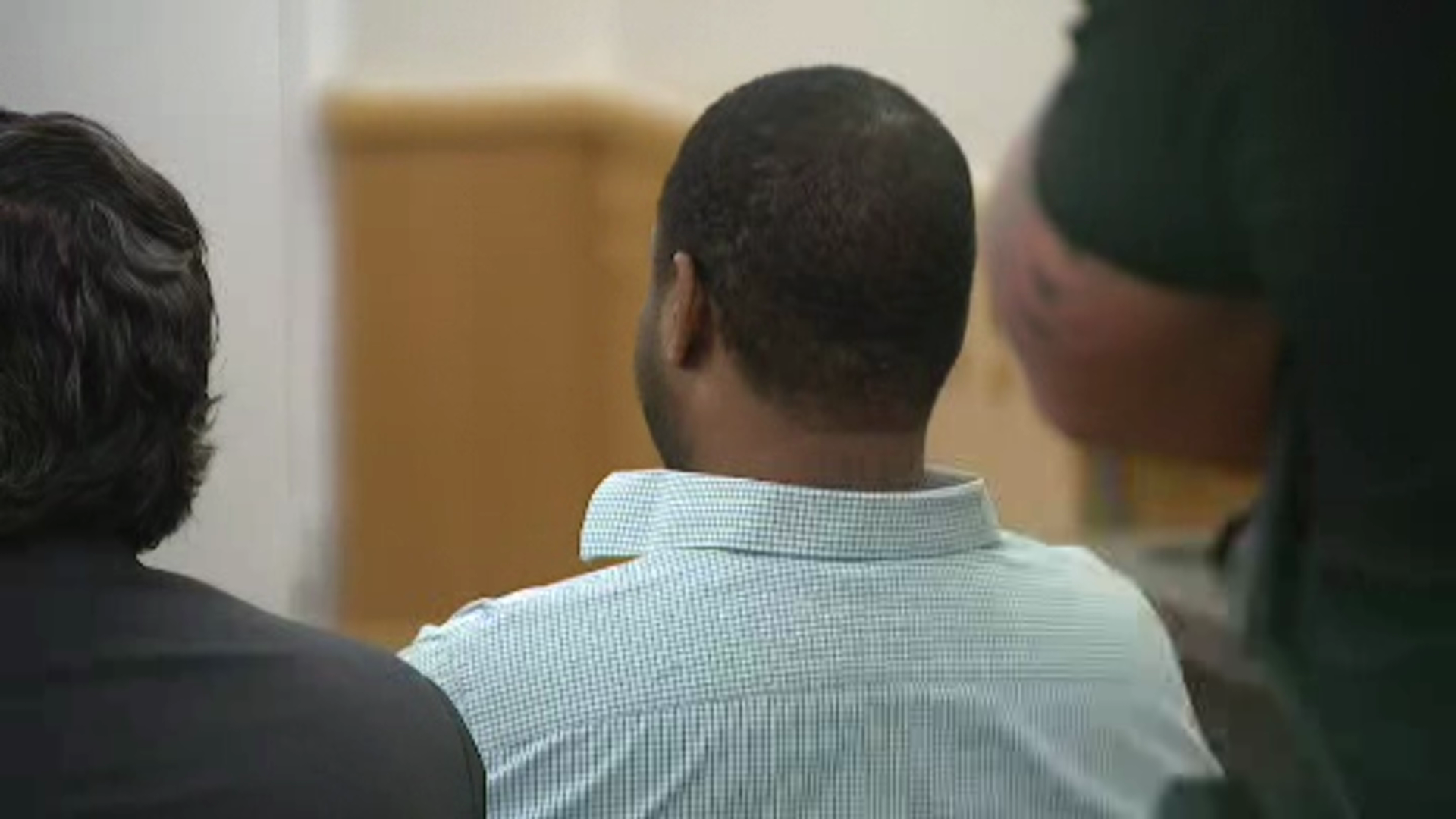Many parents would love to be able to give their teenagers a cell phone that couldn't be used while driving. Now some inventors said they have come up with ways to make that possible, but they appear to be relying on wishful thinking.
One product to hit the market, $10-a-month software by Dallas-based WQN Inc., can disable a cell phone while its owner is driving.
It uses GPS technology, which can tell how fast a person is traveling. But it can't know whether the person is driving -- and therefore it can needlessly lock a phone. WQN, which sells cell phone and Internet security software under the name WebSafety, said it signed up about 50 customers for its first month of service.
Aegis Mobility, a Canadian software company, plans to release a similar Global Positioning System-based product this fall, known as DriveAssistT. Aegis is in talks with big U.S. wireless phone carriers, which would have to support the software and charge families a fee of probably $10 to $20 a month, said David Teater, the company's vice president.
The DriveAssistT system will disable a phone at driving speeds and send a message to callers or texters saying the person they are trying to reach is too busy driving. But because that person could be a non-driving passenger, the approach is a blunt tool.
Other product concepts that don't involve GPS systems have their own flaws. As a result, Parry Aftab, who advises families on technology and safety, suggests worried parents find another way to stop their kids from calling or texting while driving. Parents are better off taking away a child's cell phone if it is used improperly, she said.
"More and more, we see any solution is, in large part, education and awareness, parents getting involved," said Aftab, executive director of WiredSafety.org. Driving and cell phone use can be a bad combination, "but so is putting on makeup and eating a three-course meal," Aftab said. "I wish technology providers would look hard at the problems before coming up with a knee-jerk solution."
Local
The latest news from around North Texas.
Concerns are mounting that driving while gabbing or text-messaging on a cell phone, even if it is not handheld, is unacceptably dangerous. The National Safety Council said this month that there should be a total ban on cell phone use while driving, citing the higher risk of accidents and deaths.
At least 18 states restrict cell phone use -- talking or texting -- for some or all drivers, according to the insurance industry-funded Insurance Institute for Highway Safety. Yet even in those states, motorists and especially young drivers are hardly deterred.
One of the worst accidents occurred last year in New York, when five teens were killed when their 17-year-old driver, carrying on a text conversation, collided with a tractor-trailer rig.
B. Michael Adler, chief executive of WQN, said his 18-year-old son came to mind as he was developing the company's software to disable a cell phone while driving.
"He's texting messages with two hands and driving with his legs," Adler said. "You flip him the keys to the family car, you might as well be flipping him a six-pack of beer."
WQN's surveillance service promises more than just disabling the phone in cars. It can monitor a person's whereabouts, notifying parents by text messaging when their children step out of designated zones or return home. It also can turn off a cell phone at school, preventing cheating by text messaging during classroom tests, based on a reading of the school's location.
The question parents would have to ask themselves is whether they'd want to prohibit their children's activities this way. That kid you're trying to control might not be driving, but rather sitting on a train or a city bus or in the passenger seat of a buddy's car.
Michael Hensley has thought about this very dilemma. The 52-year-old manager for a defense contractor worries that his 23-year-old daughter is a "thumb Olympian" inclined to send text messages while driving.
But he doesn't expect technology to provide an answer. Savvy kids "will always find a way to defeat" a technological product, Hensley said. "It's human nature to defeat the system." Instead, Hensley said, he's tried to educate his daughter about the dangers of mixing phones with driving.
The inventors of the GPS-based software systems acknowledge their systems aren't perfect for disabling cell phones and are hard at work on improvements. Meanwhile, a separate, hardware-based solution appears to have its own flaws.
A pair of inventors affiliated with the University of Utah have developed a prototype of a key fob device that communicates with a cell phone over Bluetooth wireless signals. The key fob wraps around an ignition key; when the key is flipped or slid open, the device disables the cell phone paired with it.
This turns out to be easy to beat. A kid could remove or run down the key fob's batteries, or duplicate the key -- without the fob. So in response to questions from The Associated Press and critics on the Internet, the Utah inventors, Wally Curry and Xuesong Zhou, have dropped their original concept for something different.
Zhou considered transforming the key fob into a device that prevents nothing. Instead, it would let a driver hit a "quit" button and talk or text at will, but with a consequence: parents get notified by text messaging, and a monthly "driving score" could go to an insurer, which might jack up the teenager's premiums for bad driving.
Even that, Zhou acknowledged, wouldn't solve the tampering problem. So in his latest brainstorming he produced an elaborate scheme: Parents should estimate how many hours a child drives each month and report that to a Web site. If the key fob system reported the teenager appears to be driving substantially less than the prescribed time, it might indicate he's defeating the system, and the Web site could send a report to the parent.
For now, though, the key fob is going back to the drawing board.



